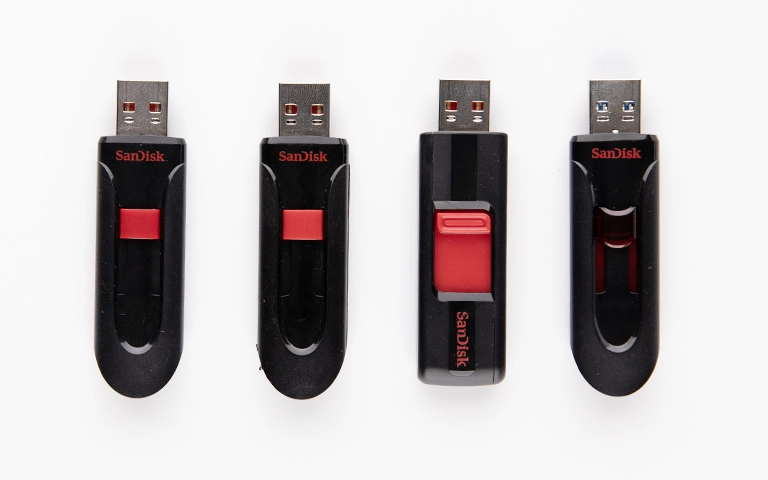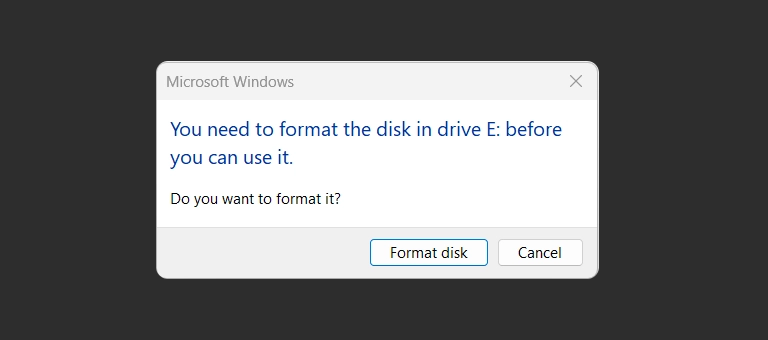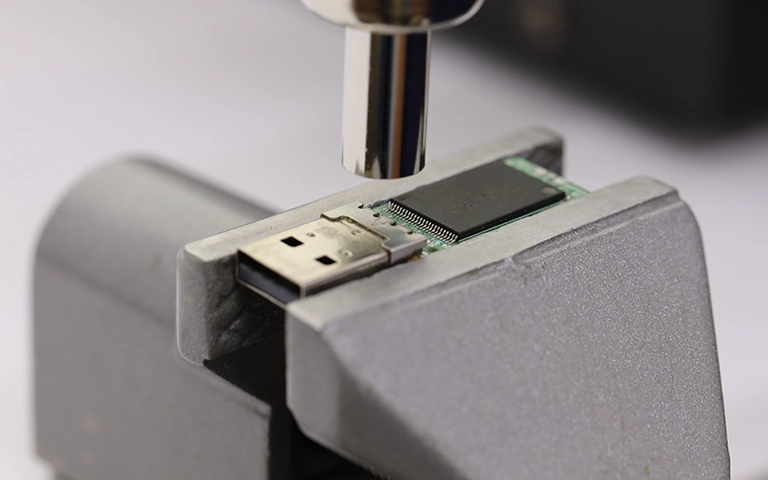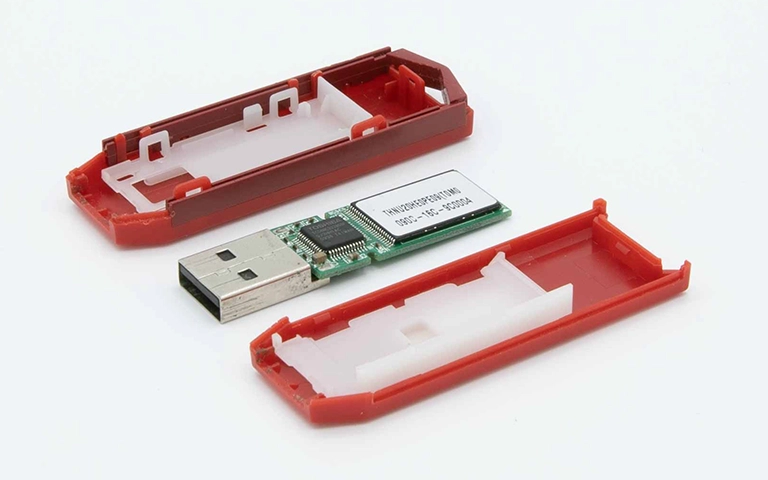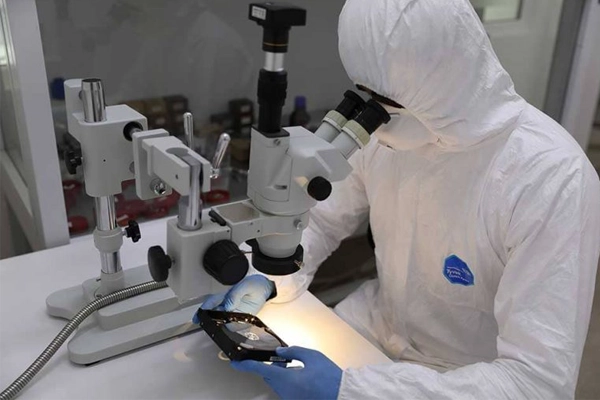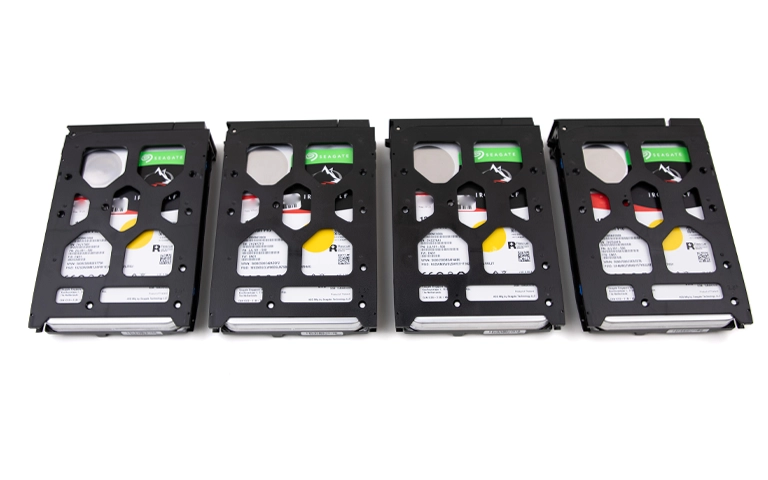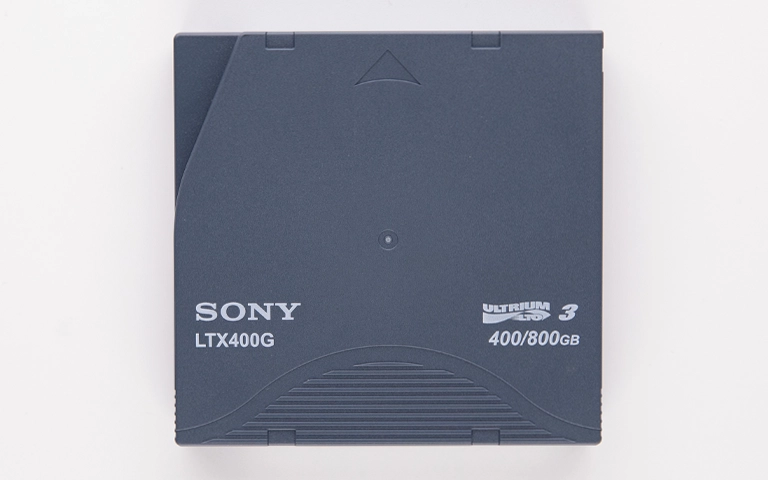USB flash drives, valued for their convenience in storing and transporting data, are susceptible to failure or data loss events like all storage media. When such incidents occur, the primary concern becomes the potential for data retrieval.
Data recovery from flash drives is frequently possible in many such instances. However, success is not guaranteed and depends significantly on the nature of the data loss, the condition of the drive, and the steps taken immediately afterward. This guide provides an overview of flash drive data recoverability, covering common scenarios and the factors that influence outcomes.
Understanding Flash Drive Basics Briefly
To grasp recovery possibilities, it helps to know what’s inside:
- NAND Flash Memory: These chips physically store your data as electrical charges. This is where your files reside.
- Controller Chip: The drive’s “brain,” managing data transfer, error correction, wear leveling, and communication with the computer.
- Printed Circuit Board (PCB): Connects all components, including the USB interface.
Data loss can result from issues with any of these parts or the logical file structure stored on the NAND.
Common Flash Drive Data Loss Scenarios & Recoverability
Here’s a look at typical issues and the general potential for recovery:
Accidental File Deletion
Files seemingly vanish after being deleted (and Recycle Bin emptied).
- Recoverability: Often High, if the drive is not used after deletion. Deleting usually just marks space as available, leaving data intact until overwritten. Prompt action is vital.
- Learn More: For crucial first steps and detailed options, see our guide on recovering deleted files from flash drives.
Accidental Formatting
The drive is mistakenly formatted, appearing empty.
- Recoverability: Good to Moderate, especially after a “Quick Format,” provided no new data is written. A “Full Format” significantly reduces chances but isn’t always a total loss for professionals. Immediate cessation of use is critical.
- Learn More: While we don’t have a dedicated post yet, understanding the principles in the Deletion guide is relevant. Contact us for evaluation if formatting occurred.
Flash Drive Corruption (RAW, Needs Formatting Errors)
The drive prompts to be formatted, shows as RAW, or files are inaccessible due to file system damage.
- Recoverability: Often Good, as the underlying data on the NAND chips is usually intact. Professional tools are needed to bypass the corrupted file system and extract the files.
- Learn More: Explore causes and solutions in our guide on corrupted USB flash drives.
DIY Recovery
Risks permanent data loss
Let the Specialists Handle It
DIY attempts often result in permanent data loss. Our certified recovery specialists use advanced tools in controlled environments for the highest success rate.
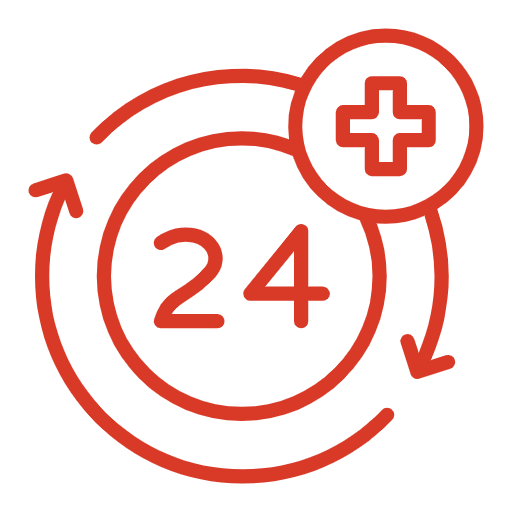
24/7 Emergency Service
Flash Drive Not Showing Up / Detected / Working
The computer doesn’t recognize the drive at all, or it disconnects/errors out.
- Recoverability: Varies Greatly. Depends on the cause – could be simple driver issues, severe corruption, controller failure, or connection problems. Professional diagnosis is usually required.
- Learn More: Troubleshoot detection issues with our complete guide for undetected flash drives.
Physically Broken Flash Drive (Snapped, Cracked, Bent)
The drive suffers physical damage to the connector, casing, or internal PCB.
- Recoverability: Depends entirely on NAND chip integrity. If the memory chip(s) are physically intact, recovery is often possible via advanced techniques like micro-soldering or chip-off, requiring professional expertise. If NAND is shattered, recovery is impossible.
- Learn More: Understand the specialized techniques needed for recovering data from broken flash drives.
Critical Factors That Impact Recovery Success
Regardless of initial cause, these play a huge role:
-
Stop Using Drive IMMEDIATELY: Most crucial for logical issues (deletion, format). Continued use overwrites data.
-
Physical Condition of NAND Memory: Physically destroyed NAND (cracked, shattered) prevents data recovery.
-
Controller Functionality: Working controller helps logical issues. For chip-off, controller state is less relevant, but encryption tied to it adds complexity.
-
TRIM Command: If active and processed deleted blocks, recovery of those specific files becomes impossible.
-
Previous Recovery Attempts: Failed DIY (risky utilities, physical manipulation) significantly reduces professional recovery chances.
Get a Free Consultation.
Our recovery experts are ready to assess your device and guide you through the safest path to recovery. Fill out the form to get started.
"*" indicates required fields
Why Rely on Professional Data Recovery?
While DIY software exists, it has major limitations for many flash drive issues.
- Safety First (Drive Imaging): Professionals work on a clone (image) of your drive, protecting the original fragile media from further stress or accidental overwriting during recovery attempts.
- Handling Hardware Failures: DIY software cannot address physical damage, controller failures, firmware corruption, or drives that aren’t detected by the OS.
- Advanced Techniques: Professionals utilize hardware tools, sophisticated file carving algorithms, file system reconstruction methods, micro-soldering, and chip-off recovery – techniques far beyond consumer software capabilities. Our step-by-step data recovery process.
- Specialized Environments: Complex physical repairs or chip-off procedures benefit from ESD-safe workstations and sometimes require the particle-free environment of a certified cleanroom.
Your Data Security Is Our Priority
Data privacy isn’t optional. It’s our commitment. Our secure recovery process ensures your sensitive information stays protected from start to finish.
HIPAA Compliant
GDPR Compliant
Secure Facility
NDA Available
Trust in certified security. Start your recovery today! Call Now: 888.611.0737
Optional Insight: Advanced Recovery Scenarios
While the issues above are most frequent, professionals also handle specialized cases:
Monolithic Flash Drive Recovery
These drives integrate all components into a single sealed block, making standard chip-off impossible. Recovery requires advanced techniques to access internal connection points, often involving precise grinding or specialized adapters. If you encounter this, monolithic flash drive recovery requires specific expertise.
Water Damaged Flash Drive Recovery
Liquid exposure requires immediate power-off, careful drying (no heat!), and professional cleaning to prevent corrosion and short circuits before data extraction is attempted.
Conclusion: Flash Drive Data Recovery is Often Feasible
So, can data be recovered from a USB flash drive? In many situations involving deletion, formatting, corruption, or certain physical damage, yes. Success largely depends on NAND flash integrity and preventing overwriting by stopping use immediately.
DIY methods carry significant risks. For critical data or complex failures (physical damage, non-detection, severe corruption), professional flash drive data recovery provides the safest, most effective solution, using specialized tools, techniques, and controlled environments. If you’ve lost data from a flash drive, contact PITS Data Recovery for evaluation.
Don't Let Data Loss Ruin Your Business
Minimize business disruption. We retrieve lost data fast, so you can focus on what matters.

